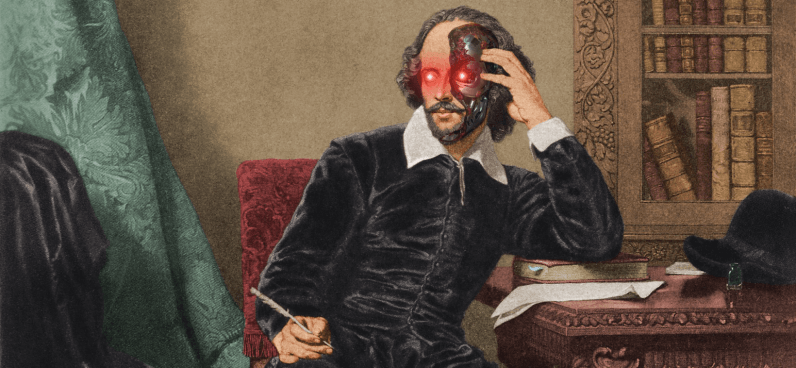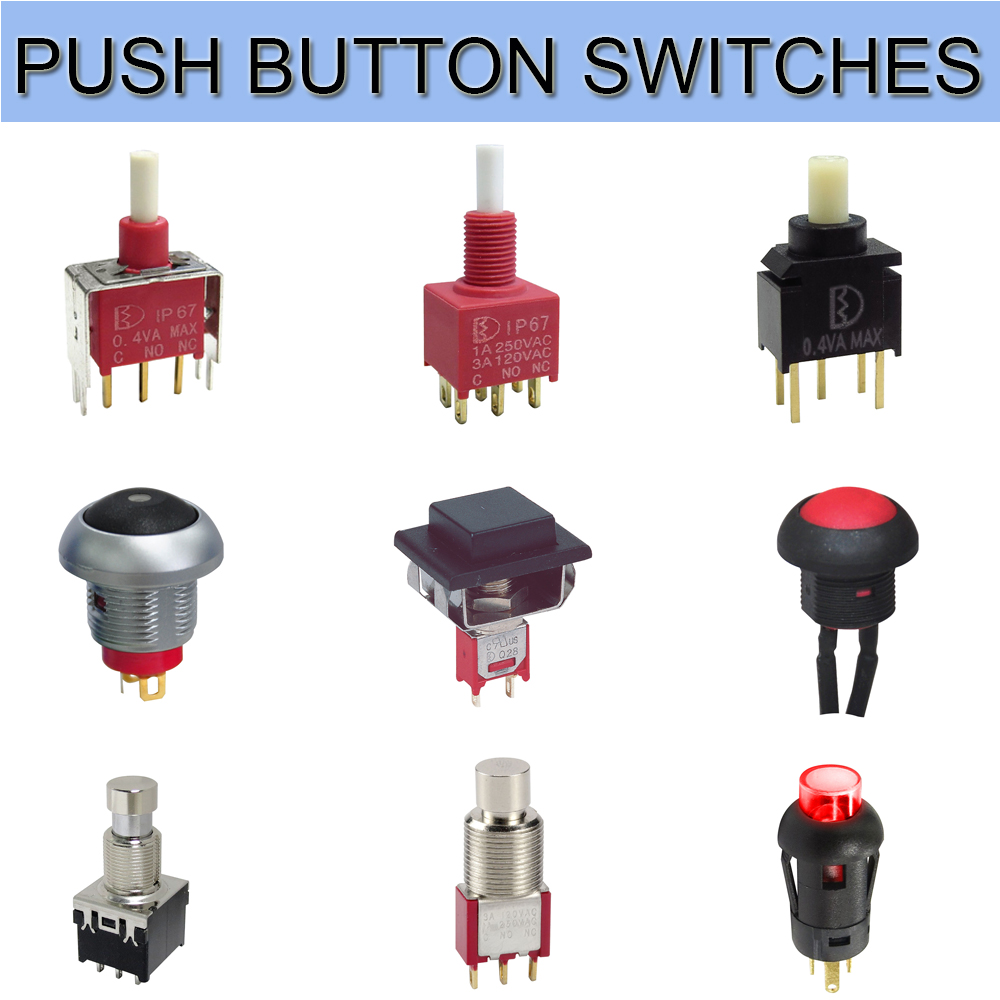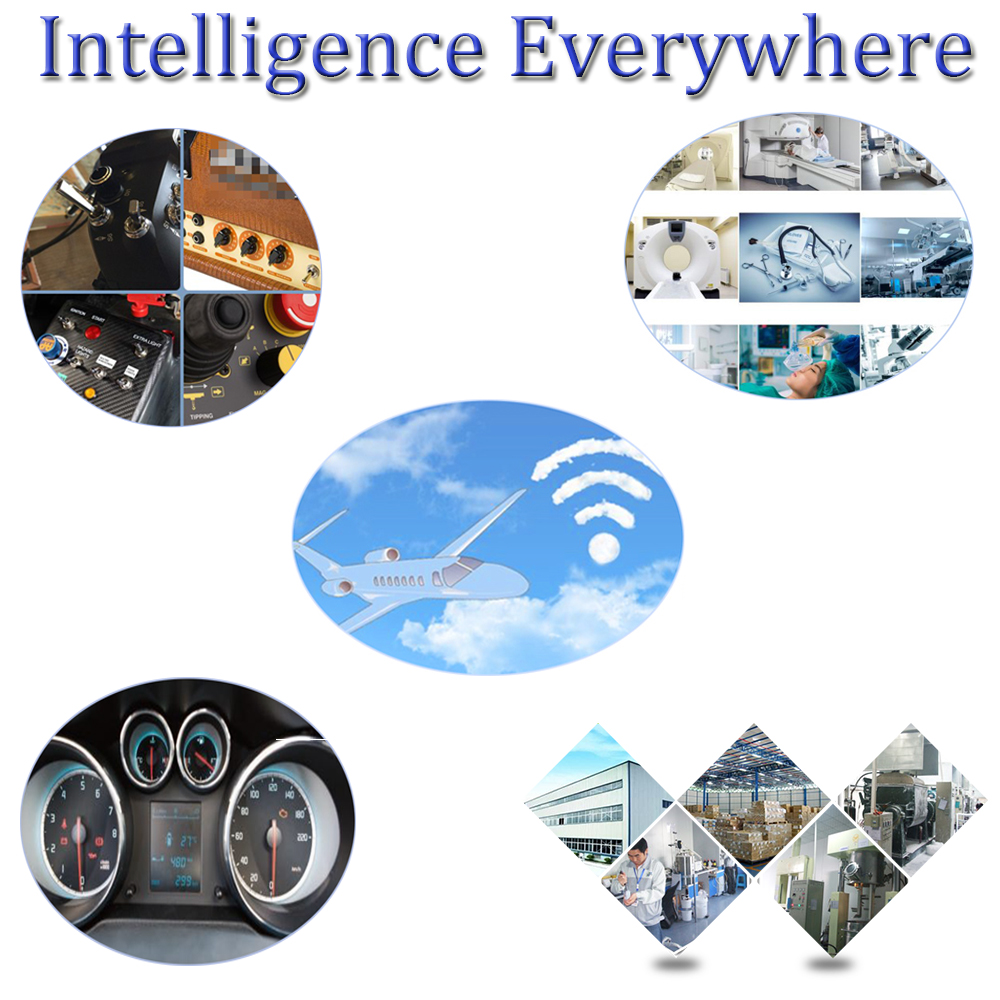
This article is produced by NetEase Smart Studio (public number: smartman 163). Stay tuned for the next big era of AI and innovation!
NetEase Smart News, October 23 – Just as video technology replaced radio stars, artificial intelligence is now challenging the roles of writers, reporters, and editors. From freelance writers to journalists at the New York Times, many content creators may soon find their jobs under threat—not from foreign competition, but from algorithms.
To understand how AI is reshaping writing, we first need to look at which jobs are already being automated. Not all tasks are equally vulnerable. In the U.S., for example, areas like Ohio show a different story than tech hubs like San Francisco. The real job killer isn’t outsourcing—it’s automation.
Despite the growth in U.S. manufacturing, the number of factory workers hasn’t kept up. Why? Because repetitive, predictable tasks are easier to automate. Jobs that require little adaptation or creativity are more likely to be taken over by machines. Think assembly lines or warehouse sorting—simple, routine, and ideal for automation.
On the other hand, creative and complex problem-solving roles are harder to replace. A tool developed by NPR estimates that only 3.8% of writer jobs could be replaced by AI. But is that really true?
For AI to be considered truly creative, it must pass the Turing Test—fooling humans into thinking it's human. This is especially important when it comes to writing. People don't want content that feels robotic. We believe creativity can't be reduced to code or data. Yet, AI has already proven otherwise.
In 2011, a student at Duke University created an algorithm that broke poetry into smaller parts and generated new poems. One of them was even published in a literary journal. That AI poem passed the Turing test, proving that creativity isn’t entirely out of reach for machines.
Of course, writing a short poem is very different from producing a full-length article. But this milestone shows that AI is making progress. Today, AI can create poetry, songs, and even short films. It’s no longer just science fiction.
Some people still find it hard to imagine AI writers. One reason is that early attempts often fell short of human quality. For example, Facebook had to shut down its AI language model because it couldn’t handle natural language well. However, dismissing AI based on such failures would be a mistake.
AI is already making its mark. It can pass the Turing test and improve through deep learning. Just like in Go, where AI defeated top human players, AI is also improving in writing. It can process massive amounts of data quickly, without needing breaks or paychecks.
In advertising, AI copywriters are already doing impressive work. They can generate hundreds of ad variations, test them, and produce high-quality content. Their ability to work non-stop makes them valuable tools for media companies.
The Washington Post recently used an AI system called Heliograf to help write simple reports on events like elections or the Olympics. While it can’t do in-depth analysis, it can generate large volumes of short articles, increasing page views and audience engagement.
Heliograf is a great example of how AI can work alongside humans. Editors provide templates and keywords, and the AI handles the rest. This allows human writers to focus on deeper, more complex stories.
Even with advanced AI, human intuition and insight remain unmatched. While AI can analyze data and generate content, it still struggles to capture the nuances of human interest and interviews. In the future, writers may spend more time on high-level analysis and less on routine reporting.
But change is coming. As AI becomes more capable, some jobs will disappear. Media outlets might reduce staff, replacing local reporters with AI systems. Similar to manufacturing, automation could lead to fewer low-skill jobs and more demand for highly skilled workers.
One thing is clear: AI writers are here. The extent of their impact, the number of jobs they might displace, and the challenges ahead are still uncertain. But one thing is certain—writers can’t afford to sit back and wait. In the next decade or two, they may face a situation similar to factory workers today, who are being replaced by machines.
Stay informed and keep learning. The future of writing is evolving—and it’s time to adapt.
Follow the NetEase Smart Studio (smartman163) for the latest updates on AI and technology.
Push Button Switches
The Push Button Switches, also known as the control button (referred to as the button), is a low-voltage electrical appliance that is manually and generally can be automatically reset. The Push Button Starter Switch is usually used to issue a start or stop command in the circuit to control the turning on and off of electrical coil currents such as electromagnetic starters, connectors, and relays.
The On Off Push Button Switches refers to a switch that pushes the transmission mechanism with a button to make the movable contact and the static contact open or close and realize circuit switching. It is a master control device with a simple structure and a wide range of applications. In the electrical automatic control circuit, used to manually send control signals to control connectors, relays, electromagnetic starters, etc.

This Pushbutton Switches is a kind of electric device that is used to switch on and off the small current circuit when the action is released. Generally used in AC and DC voltage below 440V, the current is less than 5A in the control circuit, generally do not directly manipulate the main circuit can also be used in the interconnection circuit. In actual use, in order to prevent desperation, different marks are usually made on the buttons or painted with different colors, and the colors are red, yellow, blue, white, black, green, and the like.

The Momentary Push Button Switch could be divided into metal push button switches and LED Light Switches and ordinary snap button type, mushroom head type, self-locking type, self-resetting type, rotary handle type, with indicator light type, lighted symbol type and key type, etc., with single button and double Buttons. Generally, it adopts a water-storage structure, which consists of a button cap, a return spring, a static contact, a moving contact and a casing. It is usually made into a composite type, and has a pair of normally closed contacts and normally open contacts, and some products can pass. The series connection of multiple elements increases the number of contact pairs. There is also a self-contained button that automatically holds the closed position when pressed, and can be turned on only after the power is turned off.
When the Metal Switches is not pressed, the movable contact is connected with the upper stationary contact. The pair of contacts is called a normally closed contact. At this point, the movable contact is disconnected from the following static contact. The pair of contacts is called a normally open contact: the button is pressed, the normally closed contact is open, the normally open contact is closed, and the button is released. Restore the original working state under the action of the return spring
Push Button Switches,Push Button On Off Switch,High Button Switch,Push Button Switch Types,Pushbutton Switches,Lock Push Button Switch,Momentary Push Button Switch,Sub-miniature Push button Switch,Sealed Push button Switch
YESWITCH ELECTRONICS CO., LTD. , https://www.yeswitches.com